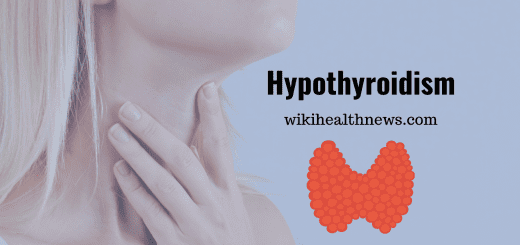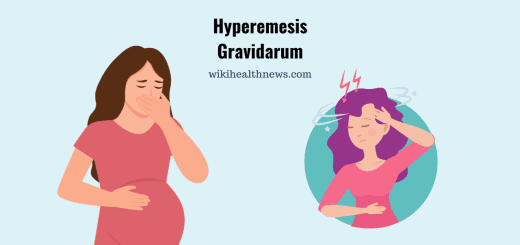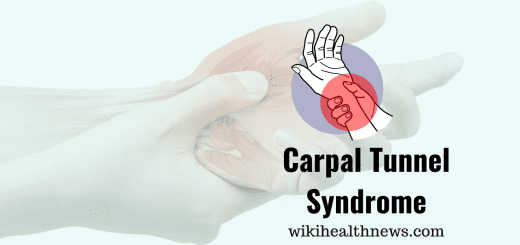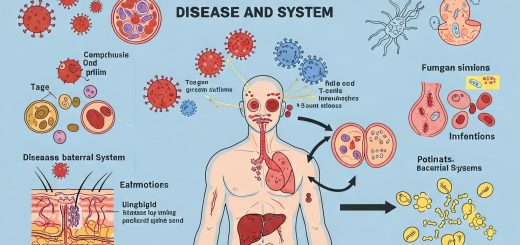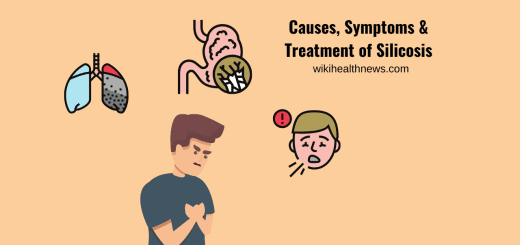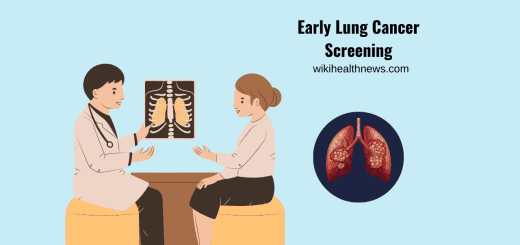Remedies For Neck Stiffness & Pain

What is neck stiffness?
The neck is made up of vertebrae that extend from the skull to the upper torso. Cervical discs absorb shock between the bones. The bones, ligaments, and muscles of the neck support the head and allow for the motions. Any abnormalities, inflammation, or injury can cause the neck pain or stiffness. Many people experience neck pain or stiffness occasionally. Neck pain is the common complaint because the neck muscle will strain from poor posture.
Mostly osteoarthritis is the most common cause for the neck pain and poor posture by sleeping in an awkward position. Sometimes the neck pain is caused by injury from fall, contact sports. Most of the time neck pain isn’t a serious condition and can be relieved within a few days. But in some cases, the neck pain can indicate serious injury or illness and require a doctor’s care. If the neck pain is continuing for more than a week then it’s severe or accompanied by other symptoms, seek for the medicine immediately.
Neck pain symptoms:
Neck pain symptoms can range in duration and how severe it is. Oftentimes neck pain is acute and lasts for only a couple of days or weeks. And sometimes it becomes chronic. The neck may be mild and not interfere much with the activities of daily living, or it may be severe and cause disability.
The symptoms may include:
Stiff neck: The people with stiff neck often describe feeling as though their neck is stiff or stuck. This pain can sometimes cause a low range of movement.
Sharp pain: Neck pain may feel like sharp stabbing pain that is localized to one area.
Pain when moving: It is often exacerbated by moving, twisting, or extending the cervical spine, either from side to side or up and down.
Radiating pain or numbness: The neck pain may radiate to the head, trunk, shoulder and arms. If it is involved the compression of the nerve may feel numbness, tingling, or weakness in either the arms, or hands. Pain that is from a pinched nerve may feel like a burning or sharp that starts at the neck and travels down the arms.
Headache: Pain that starts in the neck may also produce a headache called cervicogenic headache. Neck pain with a headache may also be symptoms of migraine headache.
Pain when palpated: Neck pain may increase if cervical spine palpated.
Causes of neck pain:
Neck pain can happen for variety of reasons:
Muscle tension and strain:
This is mostly from doing activities and behaviors like:
- Poor posture
- Working at desk for long time without changing position
- Sleeping with neck in a uncomfortable position
- Jerking the neck during exercise
Injury:
The neck is particularly vulnerable to injury, especially in falls, car accidents, and sports where the muscles and ligaments to the neck are forced to move outside of their normal range. Fracture of neck bones (cervical vertebrae) can cause injury to the spinal cord. Neck injury from suddenly moving of the head is commonly called whiplash.
Heart attack:
Neck pain can also be a symptom of heart attack. It often presents with other symptoms of the heart attack, such as:
- Shortness of breath
- Sweating
- Nausea
- Vomiting
- Arm and jaw pain
If the neck hurts and you have any other symptoms of heart attack, call for emergency immediately.
Meningitis:
Meningitis is an inflammation of the thin tissue which surrounds the brain and spinal cord. Those people may experience:
- Stiff neck
- Headache
- Nausea
- Vomiting
- Sensitivity to light
- Fever
Other causes:
- Rheumatoid arthritis: Which causes pain, swelling of the joints and bone spurs. Such arthritis in the neck area causes neck stiffness and pain.
- Osteoporosis: It weakens bone and can lead to small fractures. This condition mostly occurs in hands or knees, but it can also occur in the neck.
- Fibromyalgia: This is a condition that causes muscle pain throughout the body, especially in the neck and shoulder region.
- Age: The cervical discs can degenerate which is called spondylosis, or osteoarthritis of the neck. This can narrow the gap between the vertebrae consequently adding stress to the joints.
- Herniated cervical disc: When the disc protrudes, as from a trauma or injury, it may add pressure on the spinal cord or nerve roots. This is called a herniated cervical disc also known as ruptured or slipped disc.
- Spinal stenosis: Occurs when the spinal column narrows and causes pressure on the spinal cord or the nerve roots as it exits the vertebrae. This can be from long term inflammation occurred by arthritis or other conditions.

In rare cases, neck pain occurs due to:
- Congenital abnormalities
- Infections
- Abscesses
- Tumors
- Cancer of the spine
Some Exercises For Neck Stiffness
| When to do | Exercises | Aim of exercise |
| Severe pain & stiffness | 1.Neck rotation on partially inflated beach ball2. Self-mobilization of neck using a strap or the index and middle fingers3. Daily walking for 10- 20 mins | Facilitates neck movements slowly and may reduce neck pain |
| Neck pain affecting arm | Nerve gliding exercises may be beneficial like cervical retraction: Move the head posteriorly while keeping eyes horizontal. | Reduces the displacement of spine and relieves compression of nerves. |
| Moderate neck pain aggravating on activity | 1.Bilateral shoulder external rotation2. Shoulder abduction standing with back against wall | Improves muscle endurance and relieves pain on movement |
| Very low irritability & no pain with activity | 1. Isometrics with moderate-heavy resistance 2. Moderate-high intensity aerobic exercise for ≥20 minutes | Strengthens deep muscles & overall improvement in mobility |
Prevention of neck pain:
In most cases, neck pain is due to poor posture combined with age related wear and tear. To help to prevent neck pain is to keep the head centered over the spine. Some simple changes in the daily routine may help. Those are
- Be in good posture:
When standing and sitting, be sure that shoulders are in a straight line over the hips and the ears are directly over the shoulders.
- Take breaks while working:
If traveling for long distances or working for long hours on a computer means then get up, move around the area and stretch the neck and shoulders.
- Change the position:
Adjust the desk and chair or computer, so that the monitors are at eye level. Knees should be slightly lower than hips. Use the chair’s armrests.
- Avoid tucking the phone:
Avoid holding the phone between the ear and shoulder when talking. Use the headset or speakerphone instead.
- Quit smoking:
Smoking can cause higher risk of developing neck pain.
- Avoid carrying heavy weight:
Avoid carrying heavy bags with straps over the shoulder. The weight can strain the neck.
- Sleep in good position:
The head and neck alignment is important in the sleeping position. Use the small pillow under the neck. Try sleeping on the back with the thighs elevated on the pillows, which will flatten the spinal muscles.
